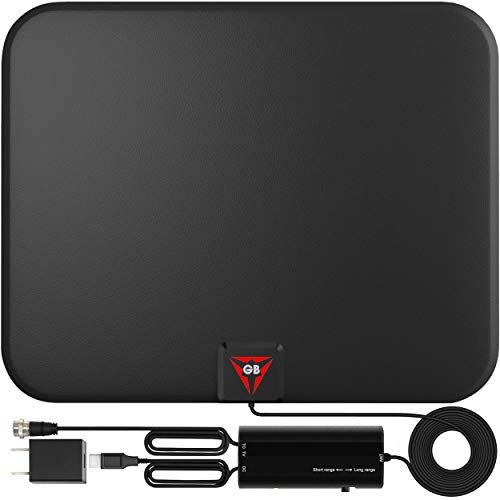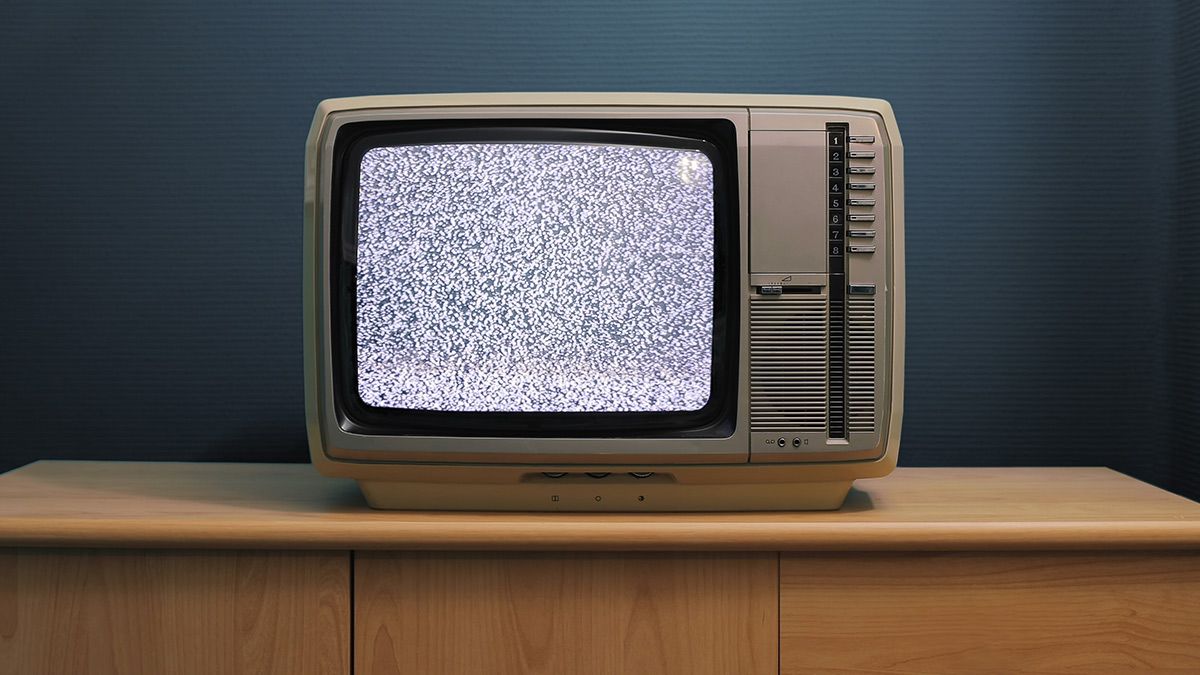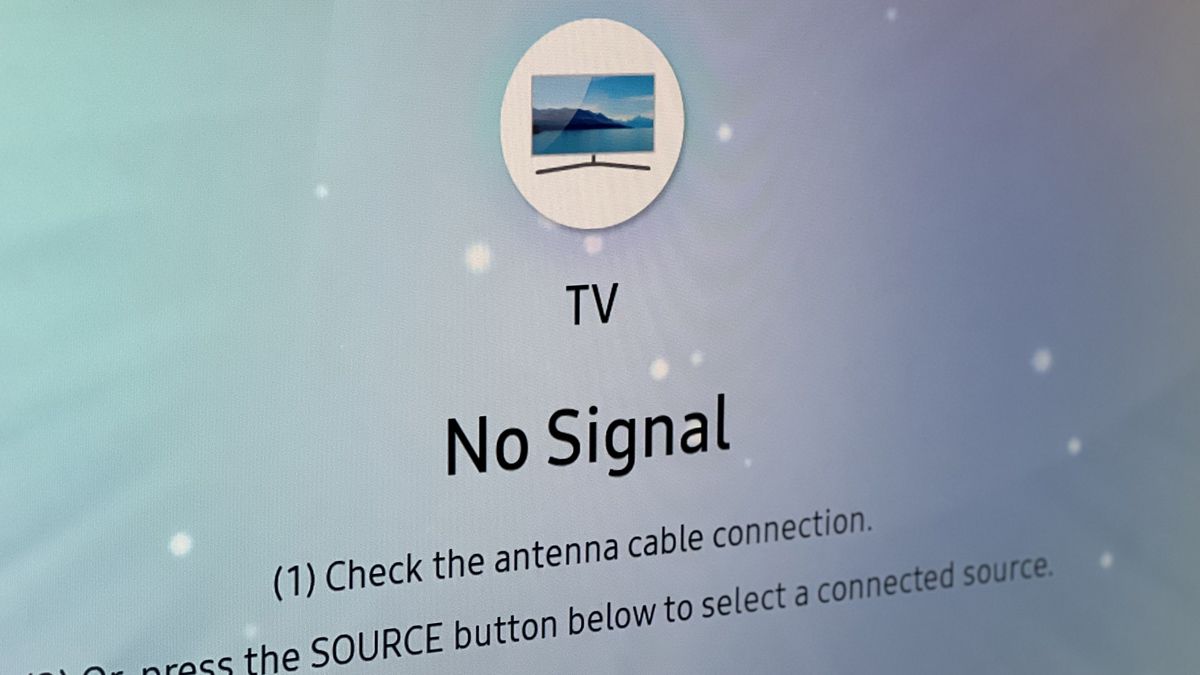TV static, that snowy hiss of white noise, was a fixture of the 20th-century TV experience, but now it's a thing of the past. Where did it go?
Why Did Old TVs Have Static?
Call it static, white noise, or snow---if you're a reader of a certain age, you're more than familiar with the hissing and constantly changing random chaotic noise you'd see when tuning your TV to unused channels.
There's a good chance that many of our younger readers have never experienced that white noise hiss and visual static anywhere beyond seeing it portrayed in older movies or the iconic HBO intro reel.
To understand what TV static was, you must understand how analog TV worked. The easiest way to understand how old TVs worked is to think of them like radios---with pictures.
Not unlike how a radio station in your city might sound crisp and clear when you're at home but full of white noise and hisses when you're driving over the hill and through the woods to your grandmother's house far outside the city limits, analog TV signals ranged from very strong to barely receivable.
And, just like an old radio, when you tuned an analog television to a channel that wasn't in use in your region (or, in the old days, had signed off for the night), your TV was still trying to pull in a signal, there just wasn't a proper TV broadcast to be found.
Instead, without an actual station signal to lock onto, the TV would simply "play" the random background radiation all around it.
The visual and auditory white noise, also called snow or static, produced by older analog TVs was a combination of electrical noise within the television itself, radio wave frequencies from the local environment, and, believe it or not, background radiation from the birth of the universe.
No, truly, a portion of the static displayed by an old television set is gamma radiation from the Big Bang that has, over billions of years and the universe's expansion, become microwave radiation. A small amount of that radiation hits Earth, makes it through our atmosphere and shows up as TV static on analog TVs.
Although many people found the quiet white noise hiss of the TV soothing, the element of the static we just highlighted---that the snowy images and hiss are local and deep space radiation---play an outsized role in how often TV static is featured as a plot point in movies and TV shows.
You'll often come across examples of TV static used to portray the presence of a ghost or supernatural presence or characters who can understand the static. For example, an episode of the X-Files (S01E04, "The Conduit") featured a boy who could decipher what the non-television radio signals displayed by his TV were actually communicating.
Here's Why Modern TVs Don't Have Static By Design
To understand why modern televisions don't have that soothing white noise static hiss, we have to turn our attention away from TV history of the 20th century and instead look at a seismic shift in the method of TV delivery that came about in the early 21st century.
In 1996, the United States Congress passed the Telecommunications Act of 1996 that, among other things, included a transition from analog television transmission to digital television transmission to free up a wide range of radio frequencies for other purposes, including cellular communication and emergency services.
While the final sunset date for the end of analog TV transmission was moved from the original date specified in the Telecommunications Act several times, by June 12, 2009, all high-power analog stations in the United States had transitioned to digital signals.
Because of that shift, modern televisions do not have analog tuners. When you tune a modern television with a digital tuner to an unavailable channel, there is nothing but a blank screen, with a message like "No Signal"---not a bit of snow to be seen.

Gesobyte Amplified HD Digital TV Antenna
Curious about over-the-air HD video? This inexpensive indoor antenna makes it easy to get started.
That's because digital TV signals are binary. Either the antenna can pick up the signal and produce the image, or it can't. There's no static, no spooky fading in and out, or any of the remnants of analog television.
Because there's no point in showing you a signal that isn't there, modern TVs simply opt to show you a blank screen, sometimes with some additional information and instructions---like Samsung smart TV screen seen in the photo above. If your antenna disconnects or something causes dramatic interference, you don't see static or the grainy washed out version of the show you were watching, it stutters, pixelates, and then it's gone.
On the downside, that means you either get a particular channel or you don't. On the upside, the shift to digital TV allows us to enjoy HD video over the air without worrying about high-speed internet or blowing through data caps streaming video.
Curiously, there's a notable exception to this binary approach to displaying channels. A whole slew of LG models show static instead of a simple "No Signal" screen. If you happen to have an LG TV that startles you with static when you turn it on, you can fix the issue by looking in the settings menu under Channel Tuning and changing the manual tuning option to "Cable DTV" so the TV doesn't default to scanning dead air space every time you turn it on.
Aside from that odd design choice deviation, you're far more likely to have a smart TV with the "black mirror" effect of simply showing you a plain black background when there is no signal.


